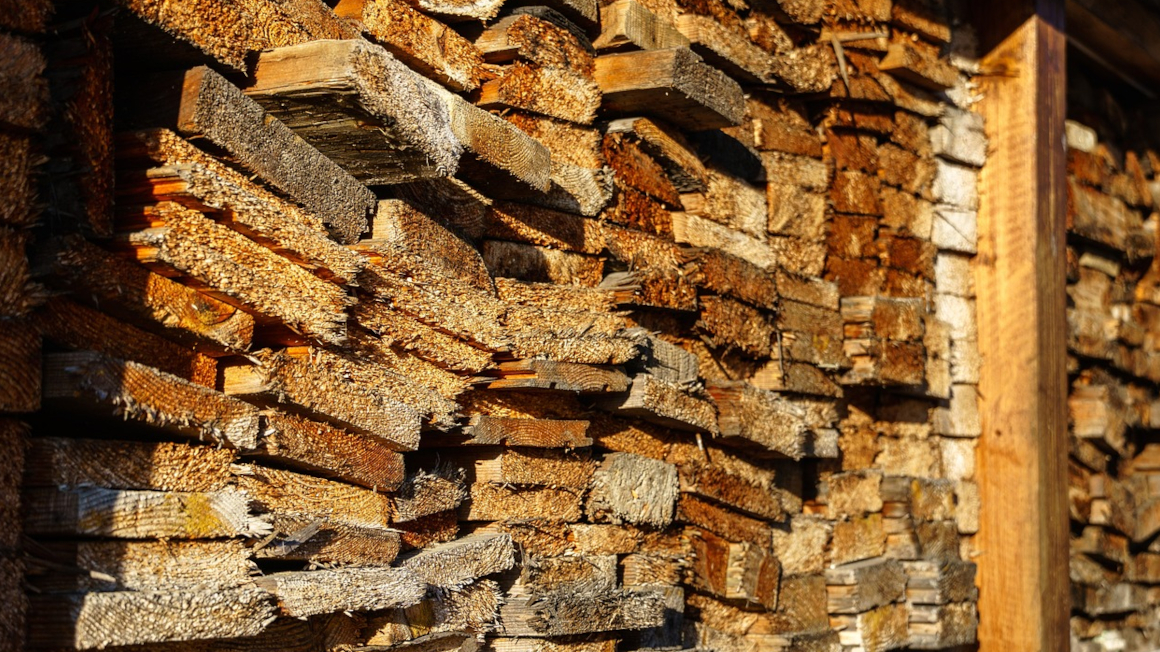Building with wooden nails
Researchers from Wismar and Hamburg want to develop the wooden nail further for use in ecological wood construction.

Whether made of steel or aluminium, long or short: nails have become an indispensable part of everyday life. Metal pins are an important element for connecting individual components, especially in timber construction. For a Euro pallet, for example, 78 steel nails are required to fasten the individual boards. With around 400 million pallets produced each year, this is almost 200,000 tons of steel. Hans Korte is convinced that there is an alternative. Together with the University of Hamburg and an Austrian company for nail technology, the wood specialist from Wismar wants to develop environmentally friendly nails - from wood.
Saving raw materials and energy
Wooden nails do exist. They consist of plywood and synthetic resin. Although the wooden alternative has many advantages, it is still a niche product. "For example, the wooden nails can be produced in a more energy-efficient way and are lighter, which saves further resources, especially for transport packaging such as pallets," explains Korte. In addition, there are no colour changes in the processed wood, the thermal conductivity is much lower and it is much more difficult to pull out wooden nails than their steel counterparts. Another advantage of wooden nails is that nailed products that have been discarded, such as Euro pallets, can be recycled more easily.
Making wooden nails attractive
At the same time, there are many unknown factors that have impeded the widespread use of wooden nails. For example, little is known about how the wood reacts after the nail has been driven in, and whether it can withstand frost and stress such as prolonged vibration. "We want to clarify this in order to enable their use in ecological timber construction, the manufacture of pallets and in forestry, gardening and landscaping," says Korte. In the next three years, the team headed by the Wismar wood expert wants to find out more about the composition of the wooden nails and how they are processed, and in the best case, as Korte points out, make them attractive for a broader market.
The Deutsche Bundesstiftung Umwelt (DBU) is supporting the development of the wooden nail with almost 276,000 euros.
bb/um


